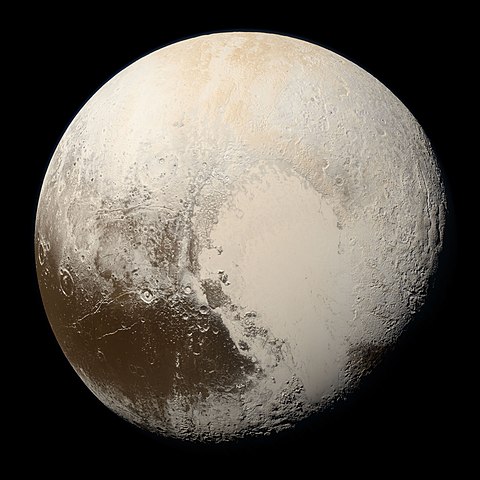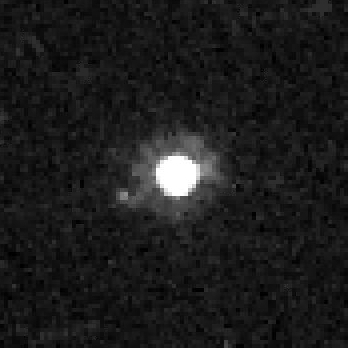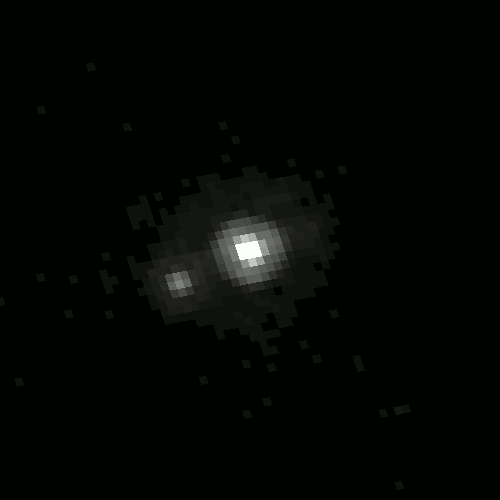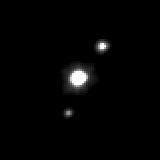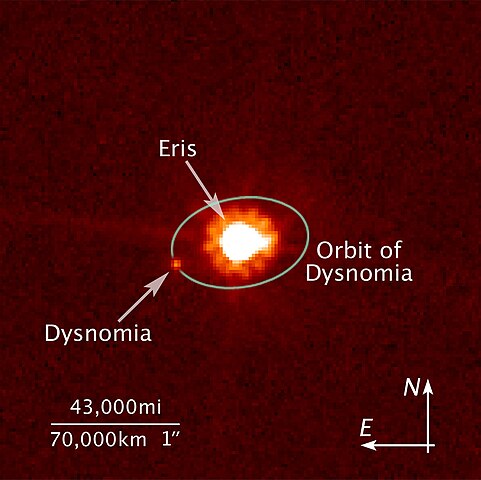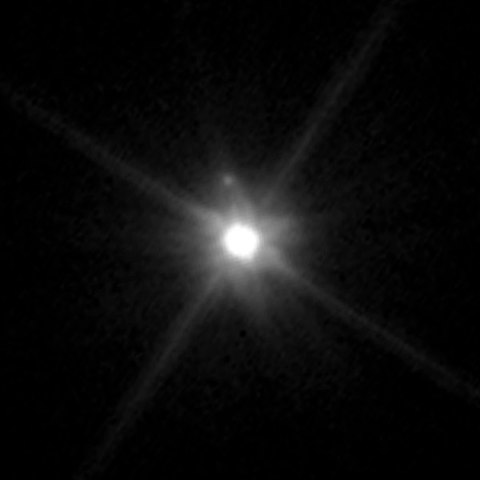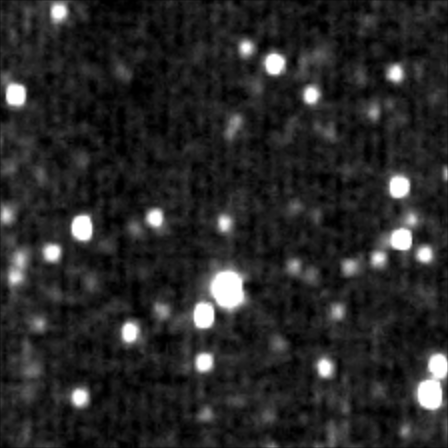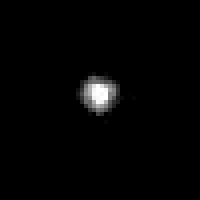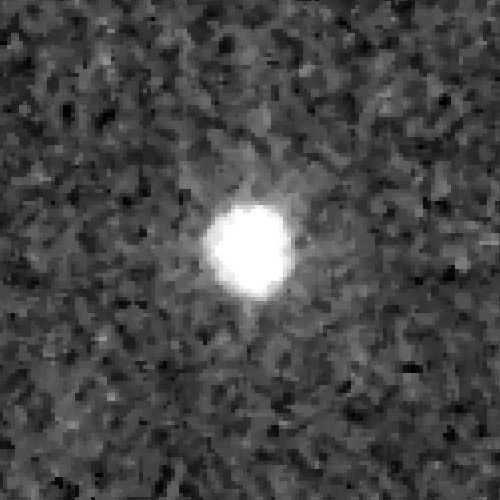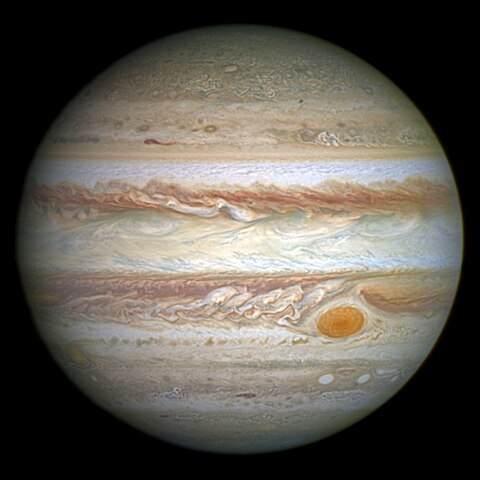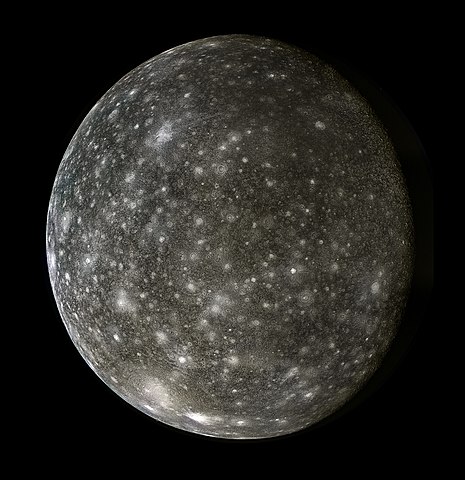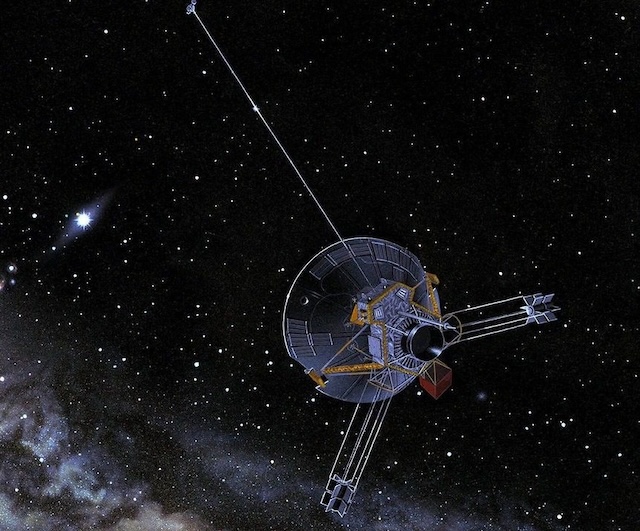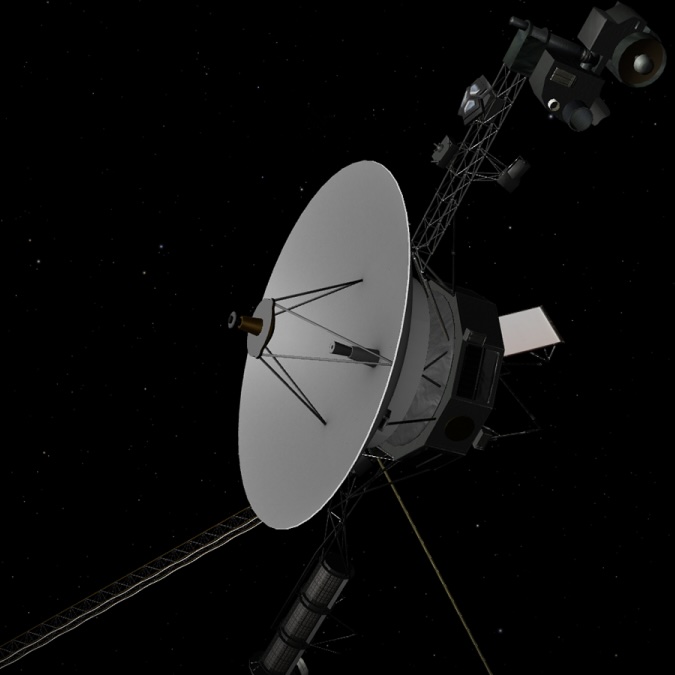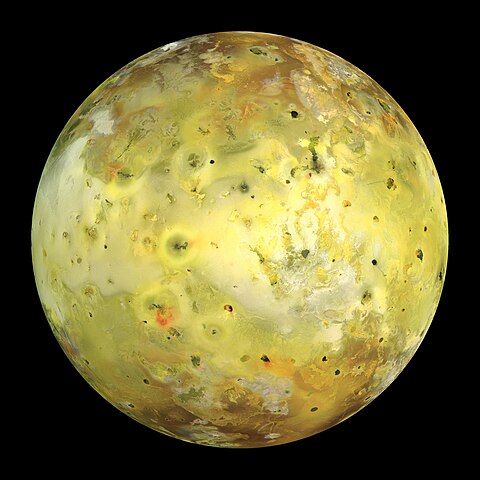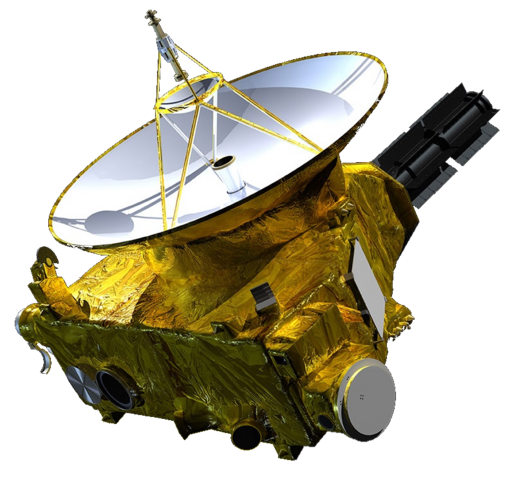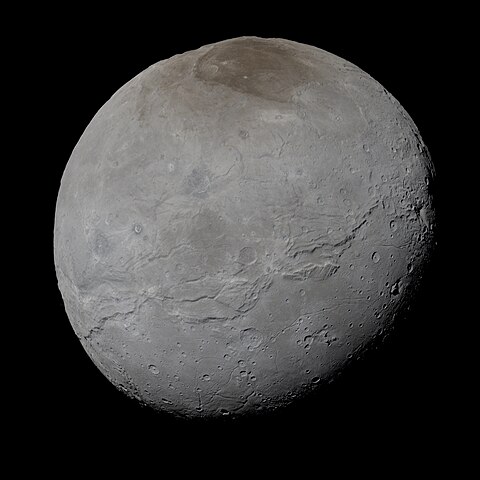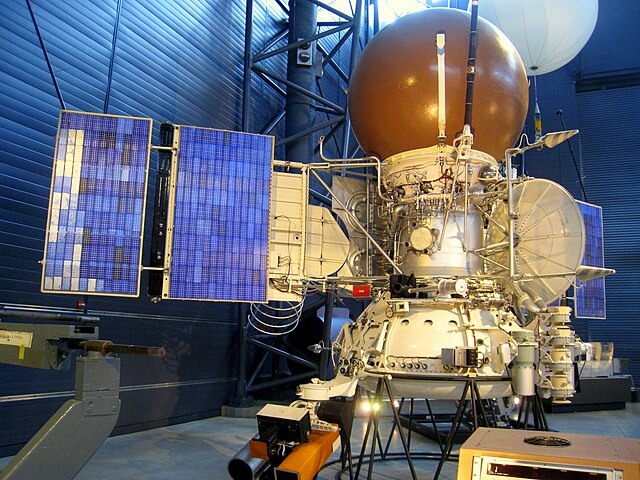1 day / second
0.5 AU
Kuiper Belt
Orbital Regime
A vast region of icy bodies extending from Neptune's orbit out to about 50 AU, containing thousands of small worlds including Pluto and marking the outer boundary of the classical Solar System.
Dwarf Planets
134340 Pluto
A frigid dwarf planet orbiting in the distant Kuiper Belt, characterized by its reddish-brown coloring, prominent heart-shaped plain, thin nitrogen atmosphere, and five moons including its largest companion Charon.
50000 Quaoar
A relatively large trans-Neptunian dwarf planet discovered in 2002, located in the Kuiper Belt about 43 AU from the Sun, with a small moon named Weywot and a surprising dense ring system discovered in 2023.
90482 Orcus
A large trans-Neptunian dwarf planet that orbits in a 2:3 resonance with Neptune, has a small moonlet named Vanth, and displays evidence of water ice and possibly ammonia ice on its surface.
136108 Haumea
A rapidly-rotating dwarf planet shaped like an egg due to its high spin rate, with two small moons and a dense ring system orbiting beyond Neptune in the Kuiper Belt.
136199 Eris
A large trans-Neptunian dwarf planet slightly more massive than Pluto but smaller in volume, notable for its highly inclined and elongated orbit that takes 557 years to complete.
136472 Makemake
A large, reddish-colored dwarf planet located in the Kuiper Belt, notable for being the third brightest trans-Neptunian object and having an extremely low albedo moon nicknamed MK2.
225088 Gonggong
A large, reddish dwarf planet discovered in 2007, originally nicknamed "Snow White," that orbits in the scattered disc beyond Neptune with a highly elliptical 552-year orbit.
Trans-Neptunian Objects
486958 Arrokoth
A cold classical Kuiper Belt object with a distinctive bi-lobed "snowman" shape, discovered in 2014 and visited by New Horizons in 2019, making it the most distant and most primitive object ever explored by spacecraft.
15760 Albion
A small trans-Neptunian object discovered in 1992 that was the first known Kuiper Belt object found after Pluto and Charon.
15810 Arawn
A plutino-class trans-neptunian object in a 3:2 orbital resonance with Neptune, discovered in 1994 and named after the Celtic god of the underworld.
20000 Varuna
A large, rapidly rotating Kuiper Belt object that spins so quickly it has become elongated into an ellipsoid shape roughly 1,000 kilometers in length.
(55636) 2002 TX300
A large, highly reflective trans-Neptunian object in the Haumea family, orbiting between 35-51 AU from the Sun with an estimated diameter of 286 kilometers.
19521 Chaos
A medium-sized classical Kuiper Belt object orbiting in a stable orbit with a period of 309 years at an average distance of 45.6 AU from the Sun.
28978 Ixion
A large, reddish plutino roughly 650 km in diameter that orbits in a 3:2 resonance with Neptune at an average distance of 30 AU from the Sun.
Spacecraft Missions
Pioneer 10
1972 - 2003
+2
Pioneer 11
1973 - 1995
+12
Voyager 2
1977 - Now
+24
Voyager 1
1977 - Now
+9
New Horizons
2006 - Now
+5
